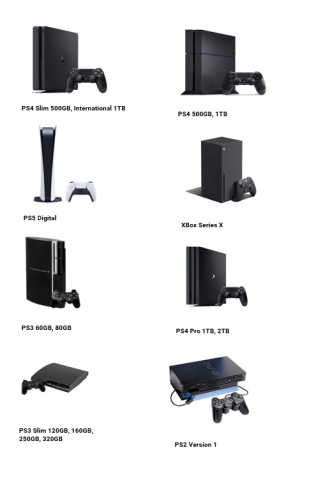On this page
Products the mandatory standard applies to
The mandatory standard applies to toys for children up to and including 36 months of age which have been:
- manufactured
- designed
- labelled
- marketed as playthings.
Toys for children up to and including 36 months of age include but are not limited to:
- rattles, toy dummies, teethers, and squeeze toys
- toys for attaching to cots, playpens, prams and strollers
- push and pull toys
- pounding toys
- blocks and stacking toys
- bath toys
- rocking, spring and stick horses and figures
- musical chime toys
- jack-in-the box
- stuffed, plush and flocked animals and figures
- dolls
- toys with pompoms
- games and puzzles
- toy cars, trucks and other vehicles.
Products the mandatory standard does not apply to
The mandatory standard excludes:
- balloons
- marbles
- tapes and compact discs
- books
- writing materials
- paints and paint brushes
- modelling materials including play dough, clay and plasticine
- bicycles having a wheel base of not less than 640 mm
- playground equipment for parks, schools and home use
- goods supplied wholly or partially unassembled that need an adult to assemble them after they're bought, if when assembled according to their supplied written instructions, the goods follow the specified standards
- flotation toys
- baby dummies
- toys made wholly from highly porous material (such as cheesecloth) – except for toys with pompoms
- toys made from certain plastics that are labelled according to the mandatory standard.
Complying with the mandatory standard
This information is an overview of how to comply with the mandatory standard. Suppliers must not rely on this information as a complete guide to compliance.
View the full detail of the standard.
Some toys for children up to and including 36 months of age may also need to comply with other applicable mandatory standards and bans.
Testing
To make sure toys for children up to and including 36 months of age comply, suppliers should organise testing through specialist testing laboratories.
Design and construction
Toys for young children can come in many shapes, forms and materials. The toy itself and any parts of it that can come off must not be smaller than a certain size. This is because children under 36 months of age tend to place small parts into their mouths and can choke on or swallow them.
A small parts cylinder (31 mm in diameter and 57 mm long) is used to check if a small part is likely to be a choking or swallowing hazard. Manufacturers must make sure their toys comply with the mandatory standard.
Battery operated toys
In June 2022, 4 button battery safety and information standards became mandatory for all products that contain button or coin batteries. These standards apply to both button or coin batteries and products containing button or coin batteries. The Consumer Goods (Toys for Children up to and including 36 Months of Age) Safety Standard 2023 places specific requirements on toys which contain batteries.
The mandatory standard requires all battery operated toys for children up to and including 36 months of age to have the battery compartment secured so that it can only be accessed by using a tool. This is because children up to 36 months of age can swallow small parts.
Labelling
The mandatory standard gives some guidance on appropriate ages for using toys, referencing official United States age determination guidelines by the US Consumer Product Safety Commission (CPSC) (PDF).
Mandatory standard details
The mandatory standard, the Consumer Goods (Toys for Children up to and including 36 Months of Age) Safety Standard 2023 sets out the requirements for toys for children up to and including 36 months of age.
The accompanying Explanatory Statement has further information.
A toy for children up to and including 36 months of age must comply with certain sections of one of the following voluntary standards:
- Australian and New Zealand standard AS/NZS ISO 8124.1:2023 Safety of toys – Part 1: Safety aspects related to mechanical and physical properties
- International standard ISO 8124‑1:2022 Safety of toys – Part 1: Safety aspects related to mechanical and physical properties
- European standard EN 71‑1:2014 + A1:2018: Safety of toys – Part 1: Mechanical and physical properties
- American standard ASTM F963‑17 Standard Consumer Safety Specification for Toy Safety.
In addition to complying with one of the above voluntary standards, suppliers must also comply with a section of the Electric Toy Standard: AS/NZS 62115:2018 Electric toys – Safety.
- You can buy the Australian standards at Standards Australia or Intertek Inform or Accuris or ASTM.
- You can buy the European standard at Intertek Inform or Accuris.
- You can buy the US standard at ASTM or Accuris
- You can buy the International standard from Standards Australia or ISO.
We can make a copy of these standards available for viewing at an ACCC office, subject to licensing conditions.
When a product does not comply
Fines and penalties may apply for failure to comply with a mandatory safety or information standard. For more information, see fines and penalties.
Suppliers may need to recall a product when it doesn't meet the mandatory standard or is potentially unsafe.









